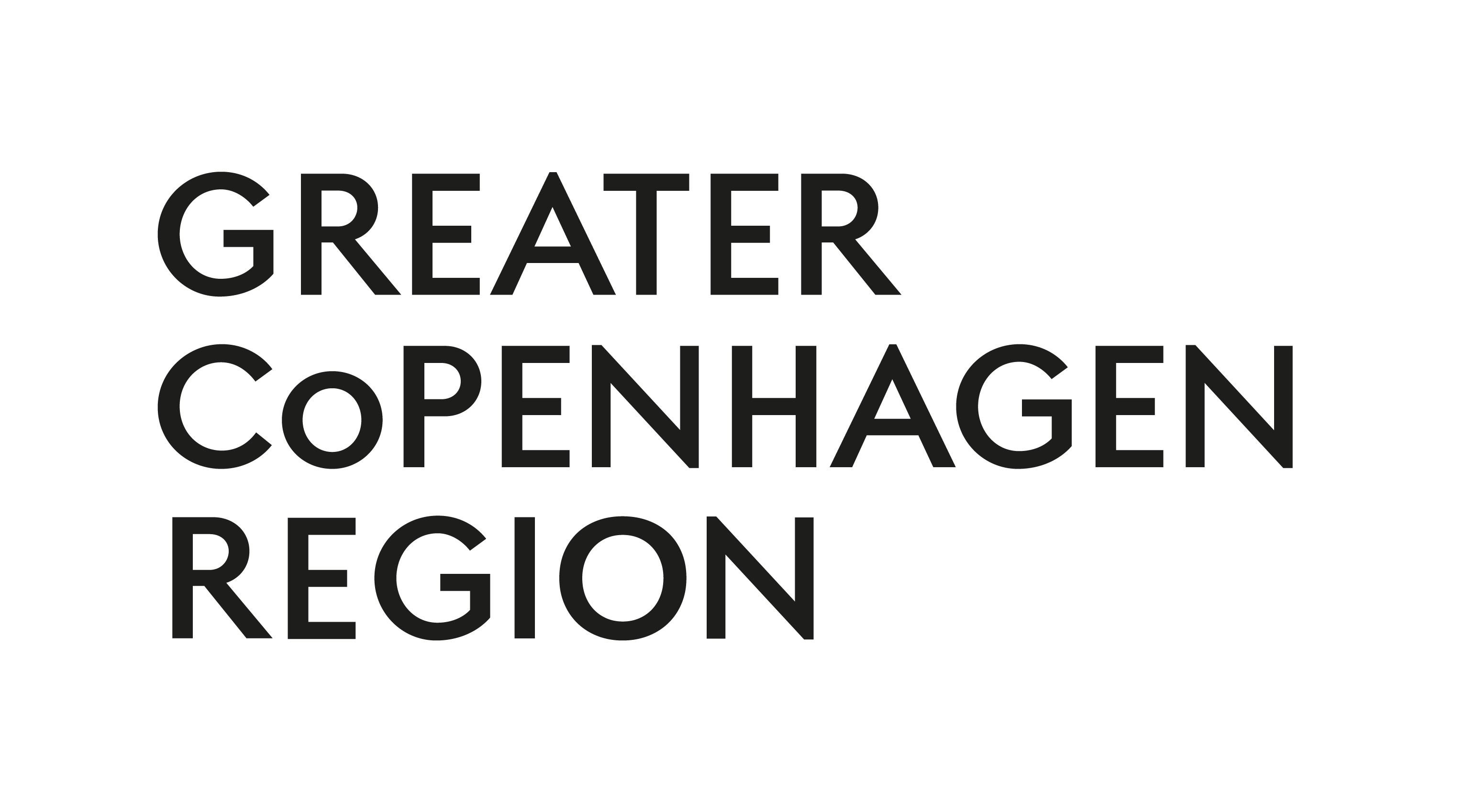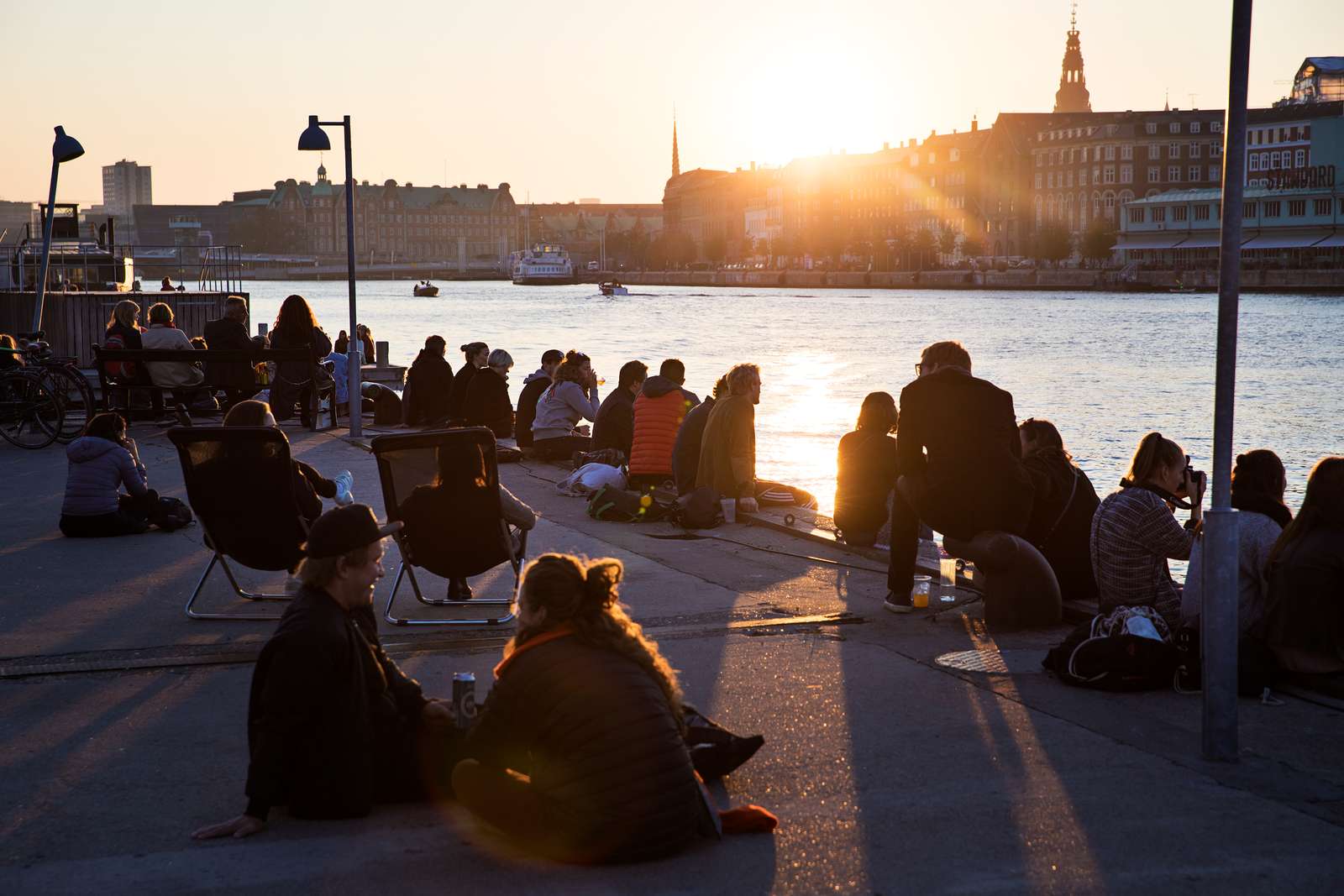
Space for
multicultural living
According to Danmarks Statistik and Statistikmyndigheten (Sweden), 4.5 million people live in the Greater Copenhagen Region. Of these, 743.992 are internationals from all around the globe.
We wondered: Where in the region do they live now? And why are these places a perfect fit for internationals.
Origins of international people in the Greater Copenhagen Region
If you ask an international person why they moved to the Greater Copenhagen Region, you will mainly hear one of these four answers: work, love, study and just because. The national origins of these people, however, are much more diverse than the 4 reasons.
In total, there are more than 240 different nationalities living in the Greater Copenhagen Region.
Skåne is an international melting pot
Although the Danish side of the Greater Copenhagen Region is home to the biggest city (Copenhagen with more than 660.000 inhabitants), it is actually the Swedish side that most internationals call their home.
How do we know? We compared the total number of international people living in one municipality to the total number of citizens and calculated how many percent internationals make up.
The result: Out of the top 15 municipalities with the most international people, 12 are Swedish, and only 3 are Danish. Copenhagen, by the way, lands on place 17.
What makes Malmö the perfect location for internationals?
Malmö is the capital city of Region Skåne and, with 344.000+ inhabitants, the 3rd biggest city in all of Sweden. It is located on the southern Swedish coast and belongs to the most densely populated metropolitan areas in the Greater Copenhagen Region.
Via the Øresund Bridge, it is connected to Copenhagen in only 30 minutes and to the rest of Region Zealand in ca. 3 hours.
Over the past few decades, Malmö has undergone quite a change in the job market. Originally an industrial city, it is now known as a true knowledge hub, specifically in the business and CleanTech sector.
Most jobs are carried out in an international setting. English will often be the language of choice, making working in Malmö a perfect fit for you as an international talent to kickstart your career or bring it to the next level.
15 minutes outside Malmö, in Lund, Medicon Village is located. The “Village” is home to some of the most innovative companies globally and currently hosts more than 180 companies. Together with Lund University, the region is one of the biggest Life Science knowledge centres and Life Science employers in the Greater Copenhagen Region.
Via the Medicon Valley Alliance, it is also closely connected to Region Zealand, resulting in many daily commuters between Skåne and Zealand.
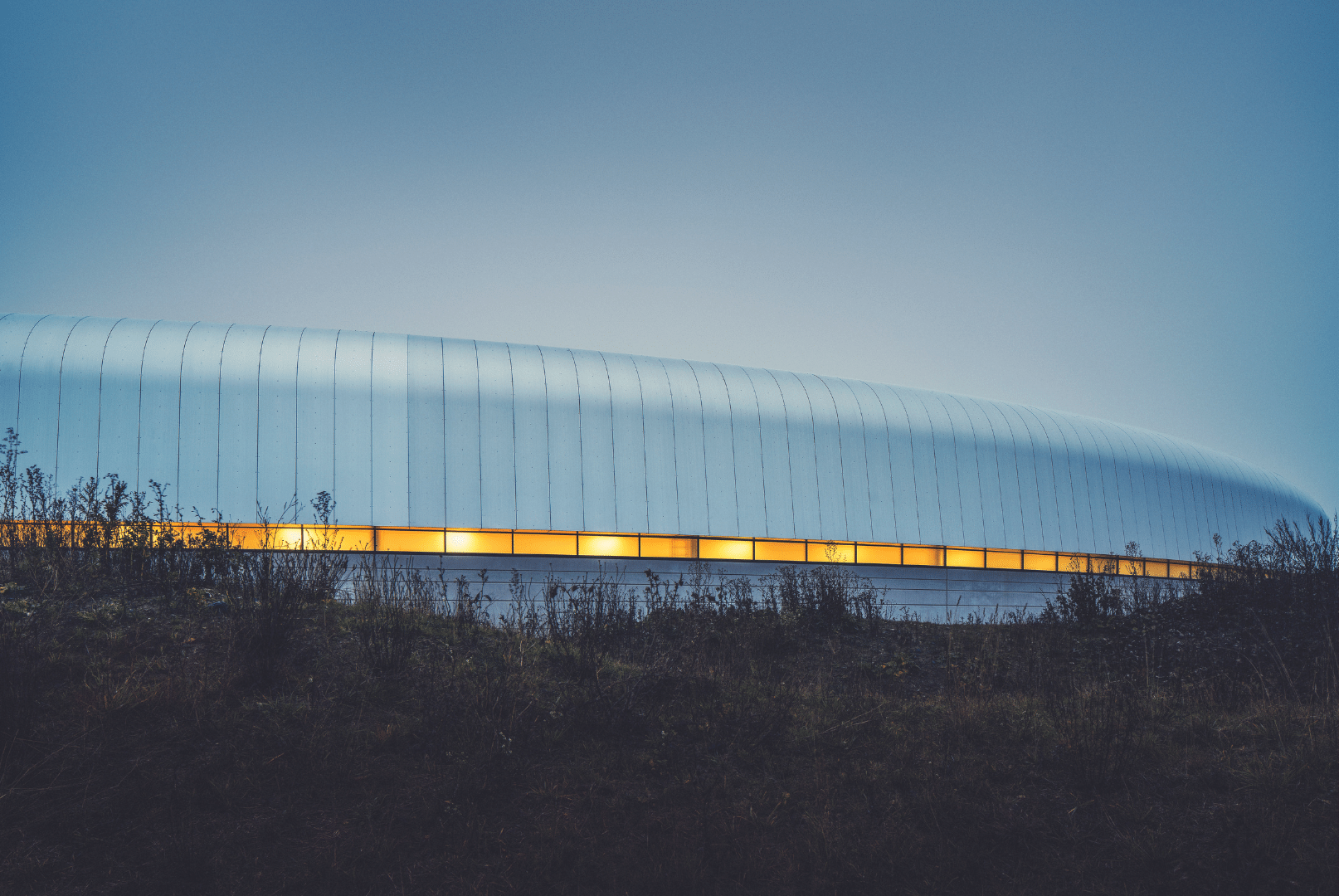
Photo credit: Felix Gerlach
Next to superb career opportunities, Malmö offers a variety of leisure time activities. The city has several padel courses and indoor and outdoor football fields. However, water sports enthusiasts will also get their money’s worth. Due to the typical Scandinavian wind, kite- and windsurfing are popular free-time activities.
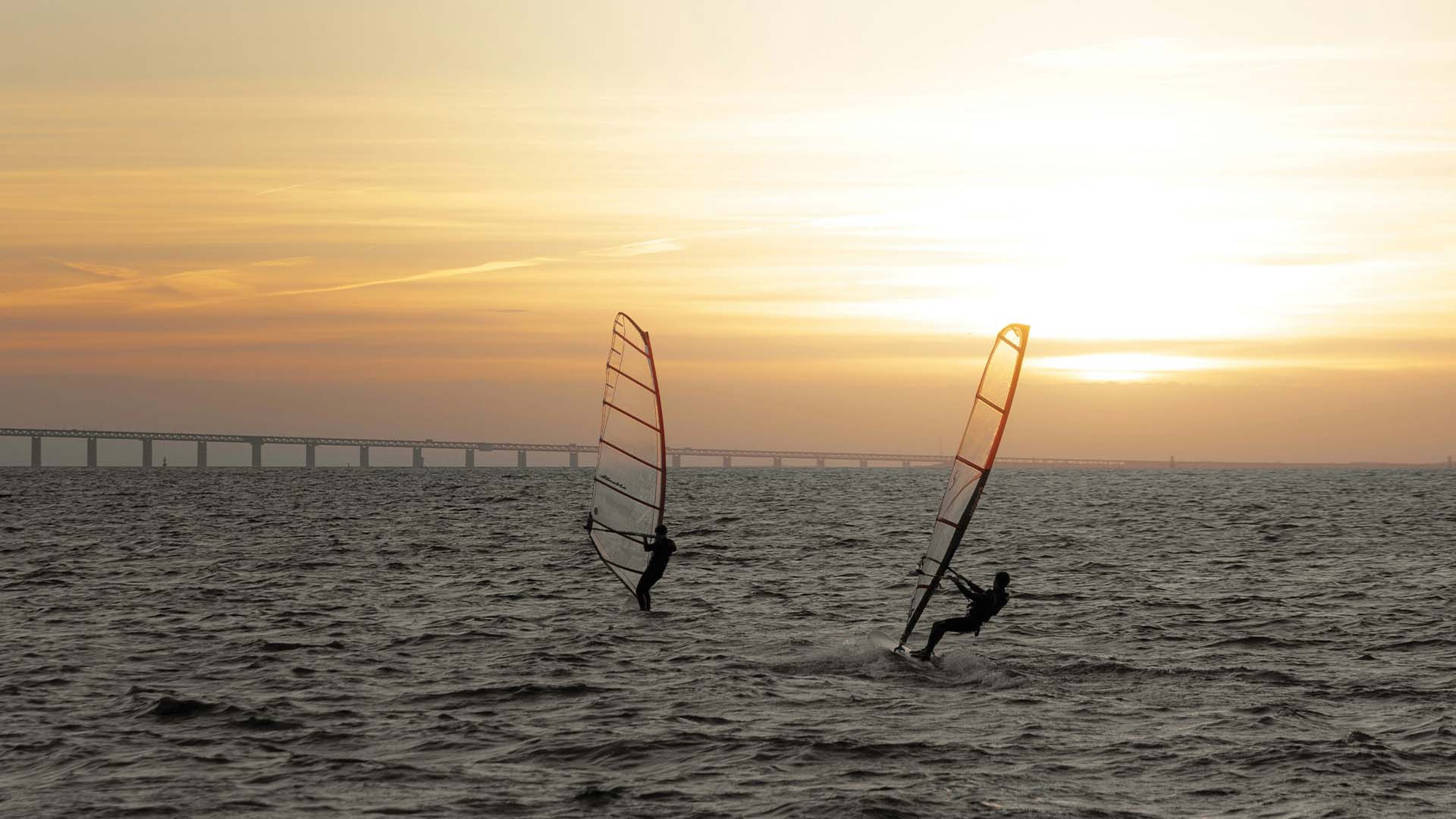
Windsurfing in Malmö
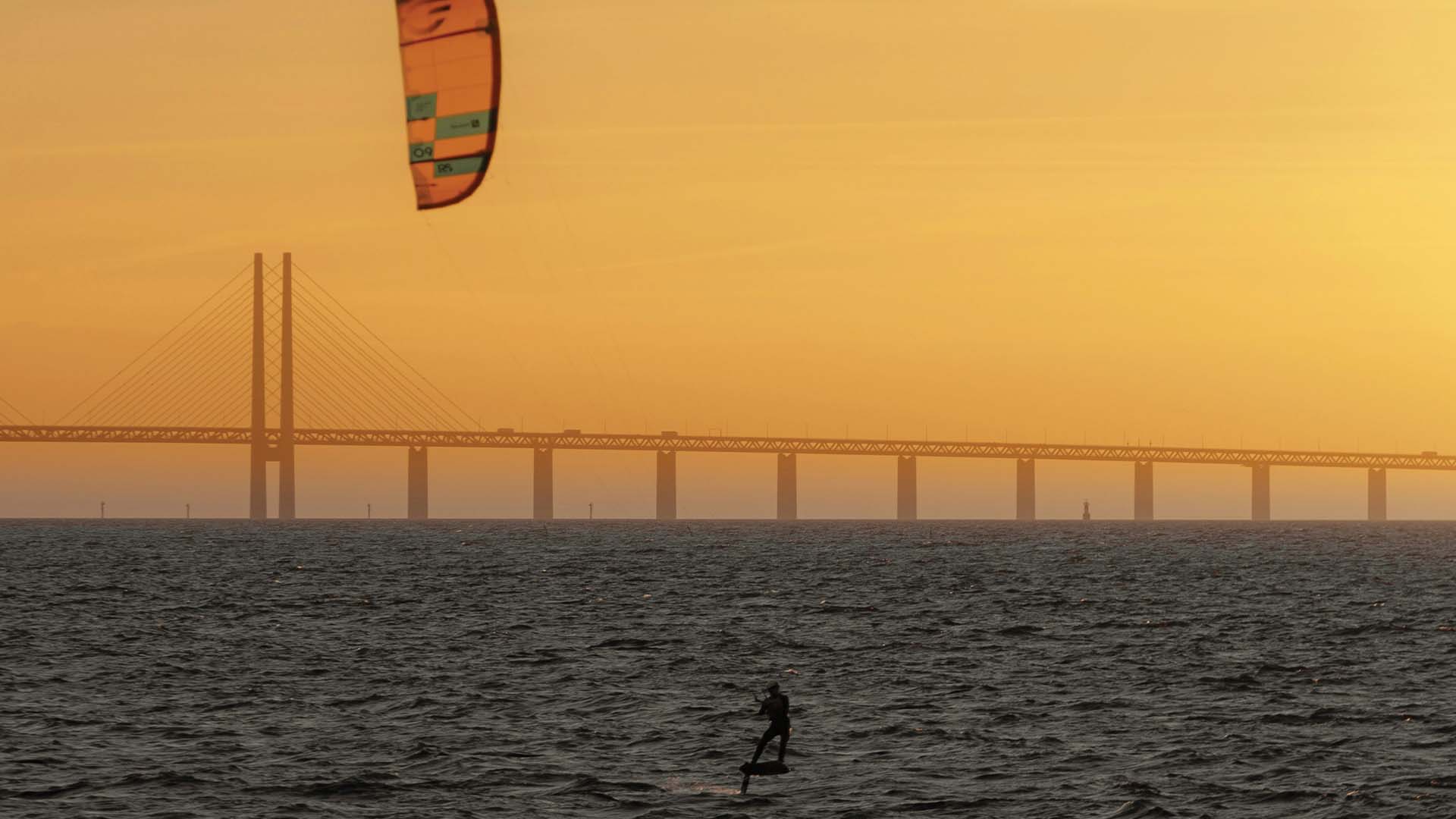
Kitesurfing in Malmö

Padel Game in Malmö
Music is another major part of Malmö’s identity. Every year in the summertime the city hosts the “Musikfestivalen”, which covers all kinds of music. Next to that, the Malmö Opera, Music Theatre, and Art Museum are elementary institutions.
In 2024, the city will also host the Eurovision Song Contest for the 2nd time.
Lastly, Malmö is also known as the “city of parks”. Kungsparken, Pildammsparken, and Slottsträdgården are probably the most popular ones.
Most diverse cities in the Greater Copenhagen Region
No question, Malmö is quite an international city when you look at the percentage. But does this also mean it is the region's most culturally and ethnically diverse city?
Differentiating internationals by nationality, Copenhagen takes pole position with over 180 different registered citizenships, followed by (again) Malmö with 155 different registered citizenships.
What makes Copenhagen the perfect location for internationals?
Copenhagen is the capital of Denmark. It is also the gateway to Scandinavia thanks to the international and most frequented airport in Scandinavia and the Øresund Bridge.
The city is a hotspot for start-up founders, especially within the Information and Clean Tech sector, as well as in the Life Science Industry. Another major industry is (sustainable) architecture.
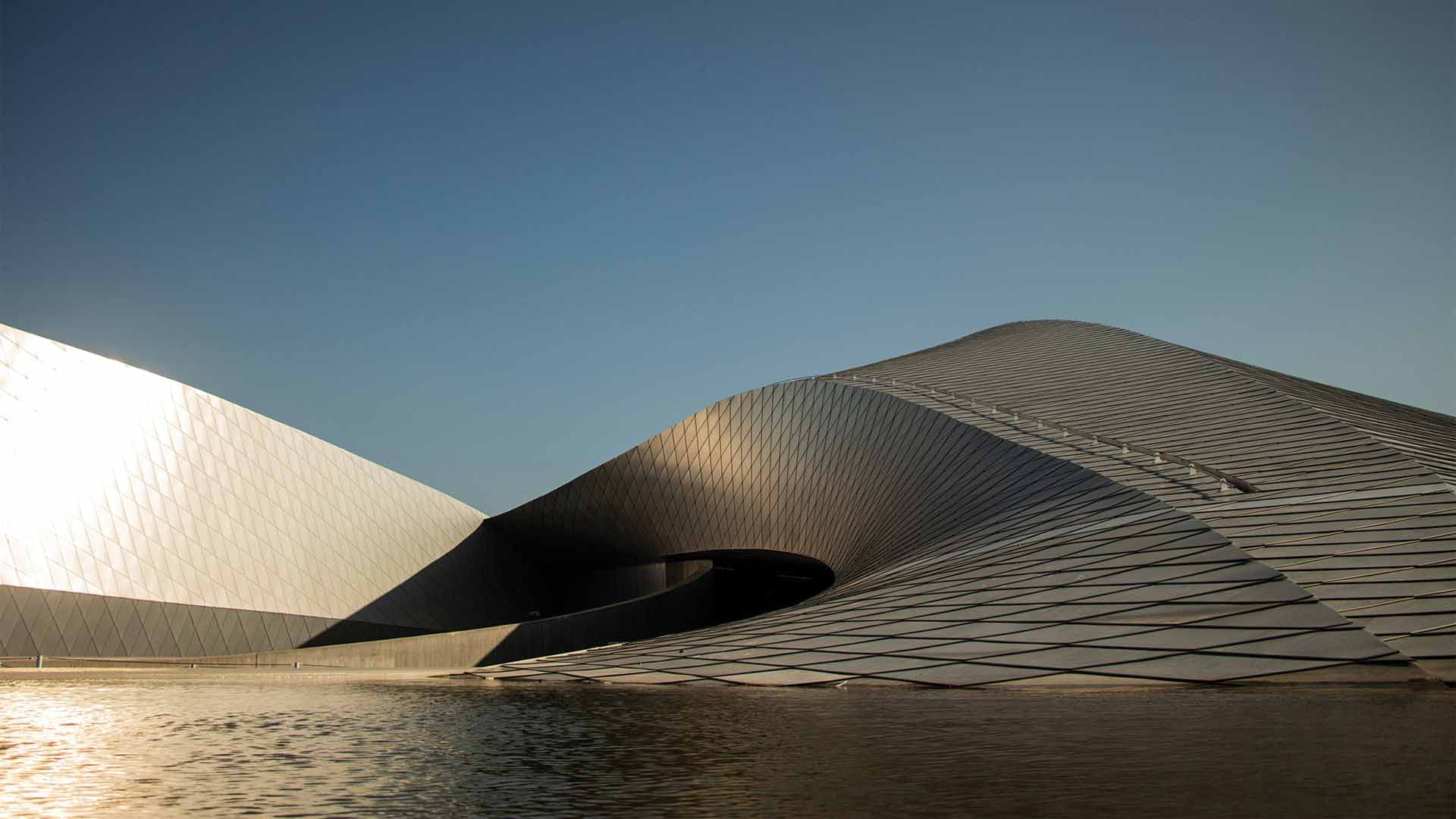
National Aquarium
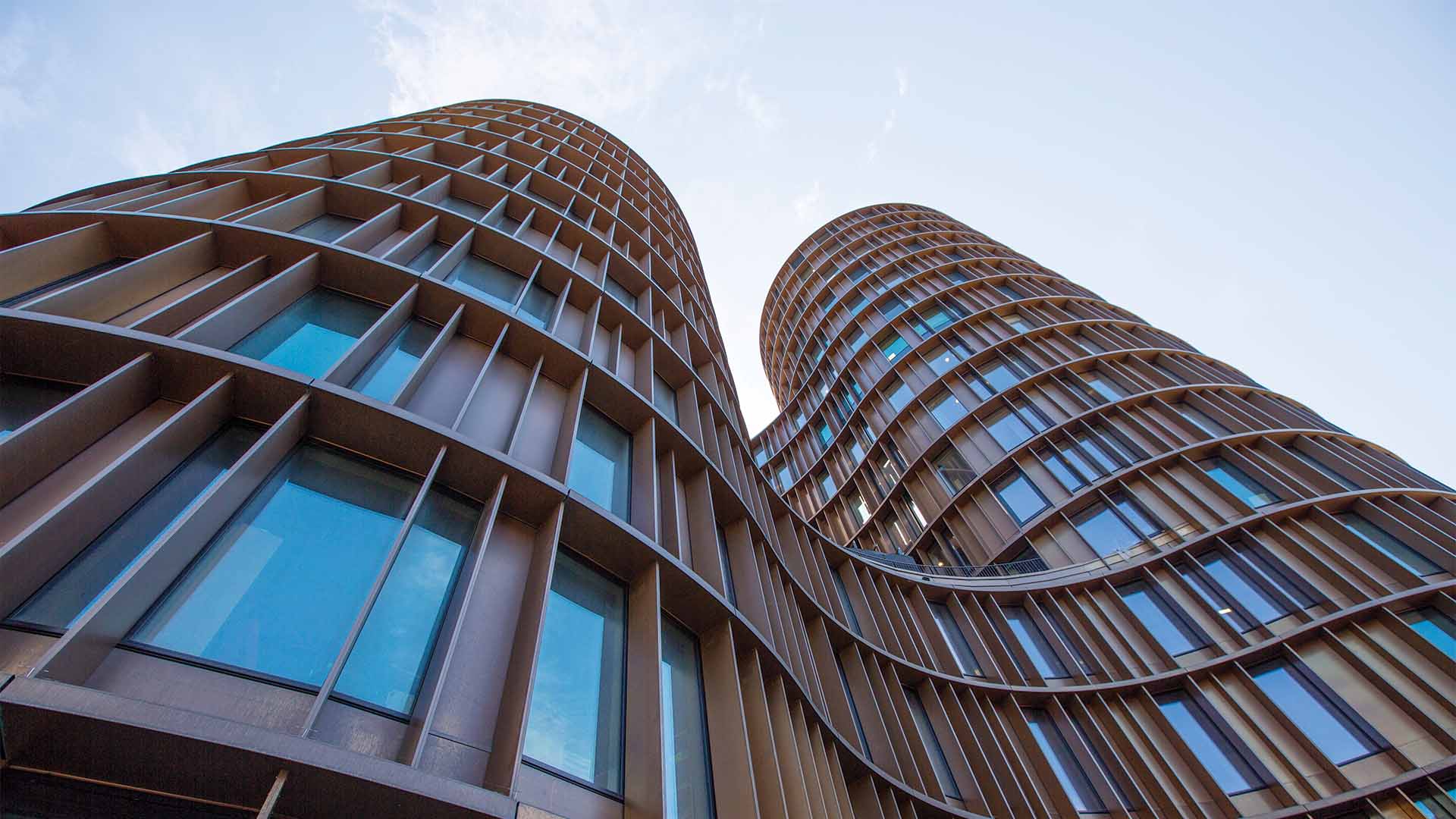
Copenhagen Building
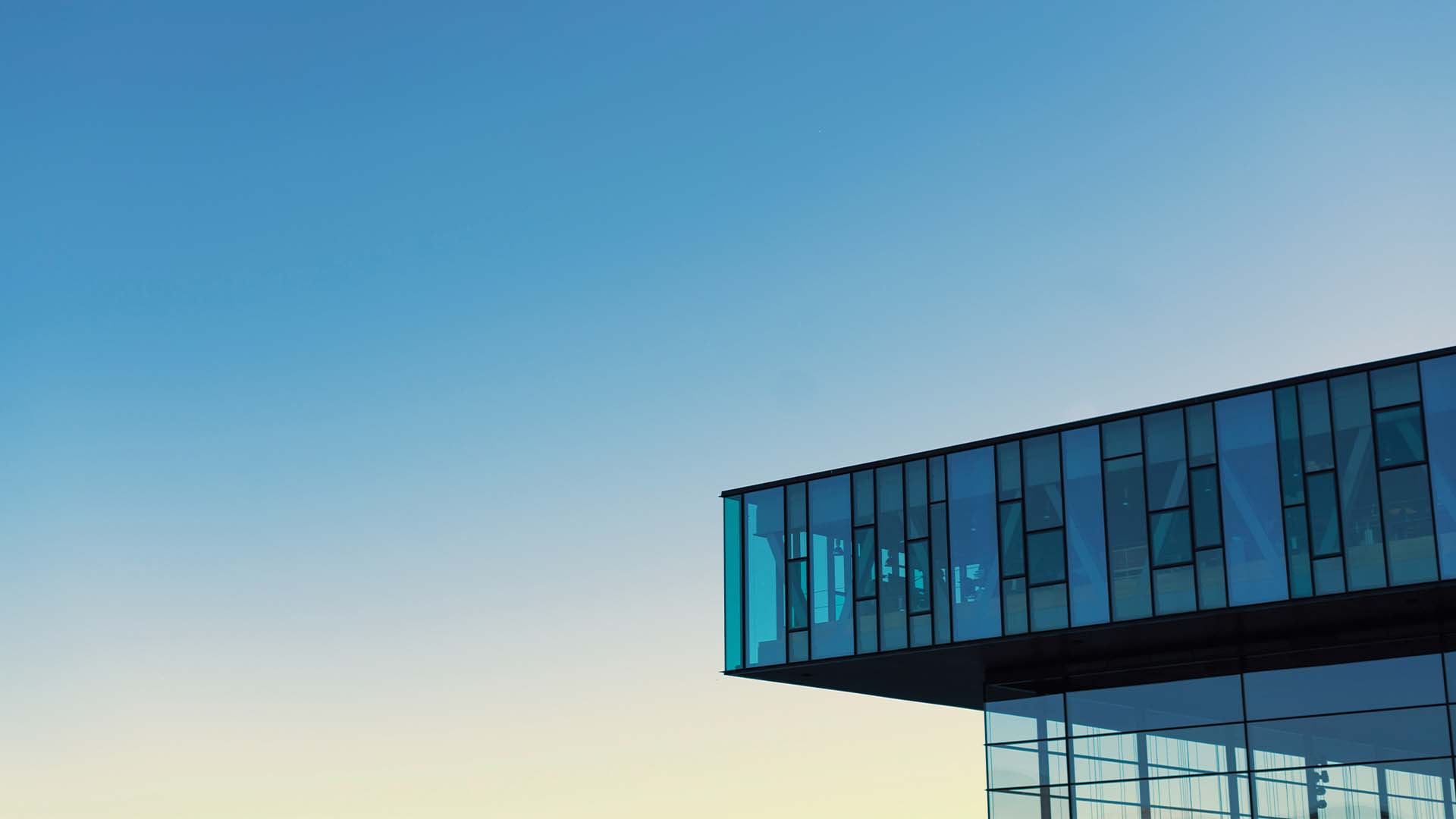
The Royal Theatre
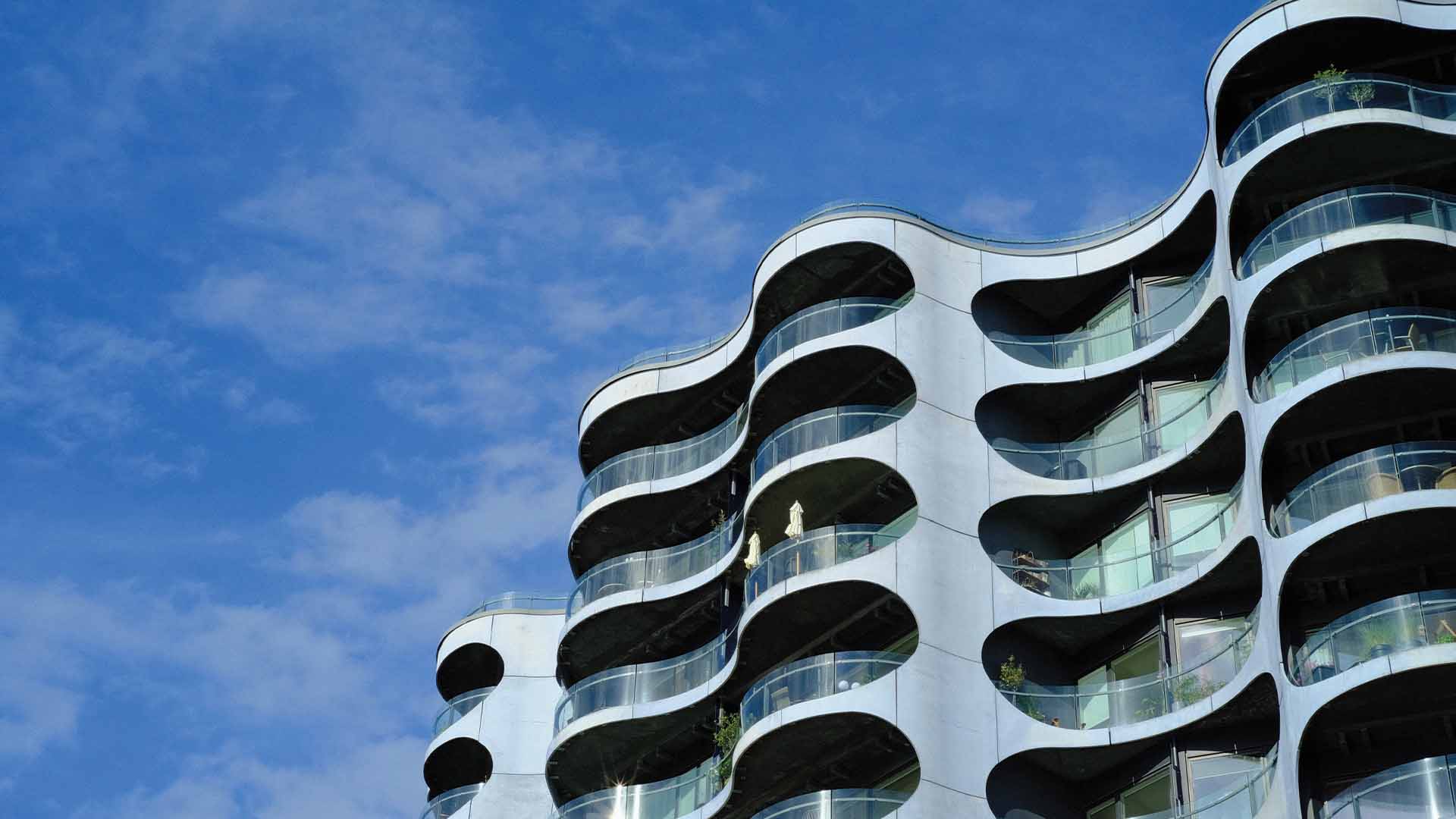
Building in Sydhavn
Next to start-ups, Copenhagen is also home to some of the biggest companies in Denmark, such as Novo Nordisk, Maersk, and Vestas, which offer a variety of career opportunities.
Whether you decide to work for a small or big company, most jobs will only require you to be fluent in English. Often, your native language comes in as a benefit, especially if you work in a job that requires you to communicate with different markets.
What about the “life” in our famous work-life balance?
In Copenhagen, there is almost nothing that you can’t do. Nevertheless, running is one of the most beloved hobbies among Copenhageners. And it even somehow became a part of some company's identity.
In many companies, no matter the size, you can participate in a “running club” with your colleagues.
This collegial running peaks each September at the "DHL Stafetten" (engl.: DHL run) in which most companies participate. Apart from this, there are several (half-) marathons throughout the summertime.
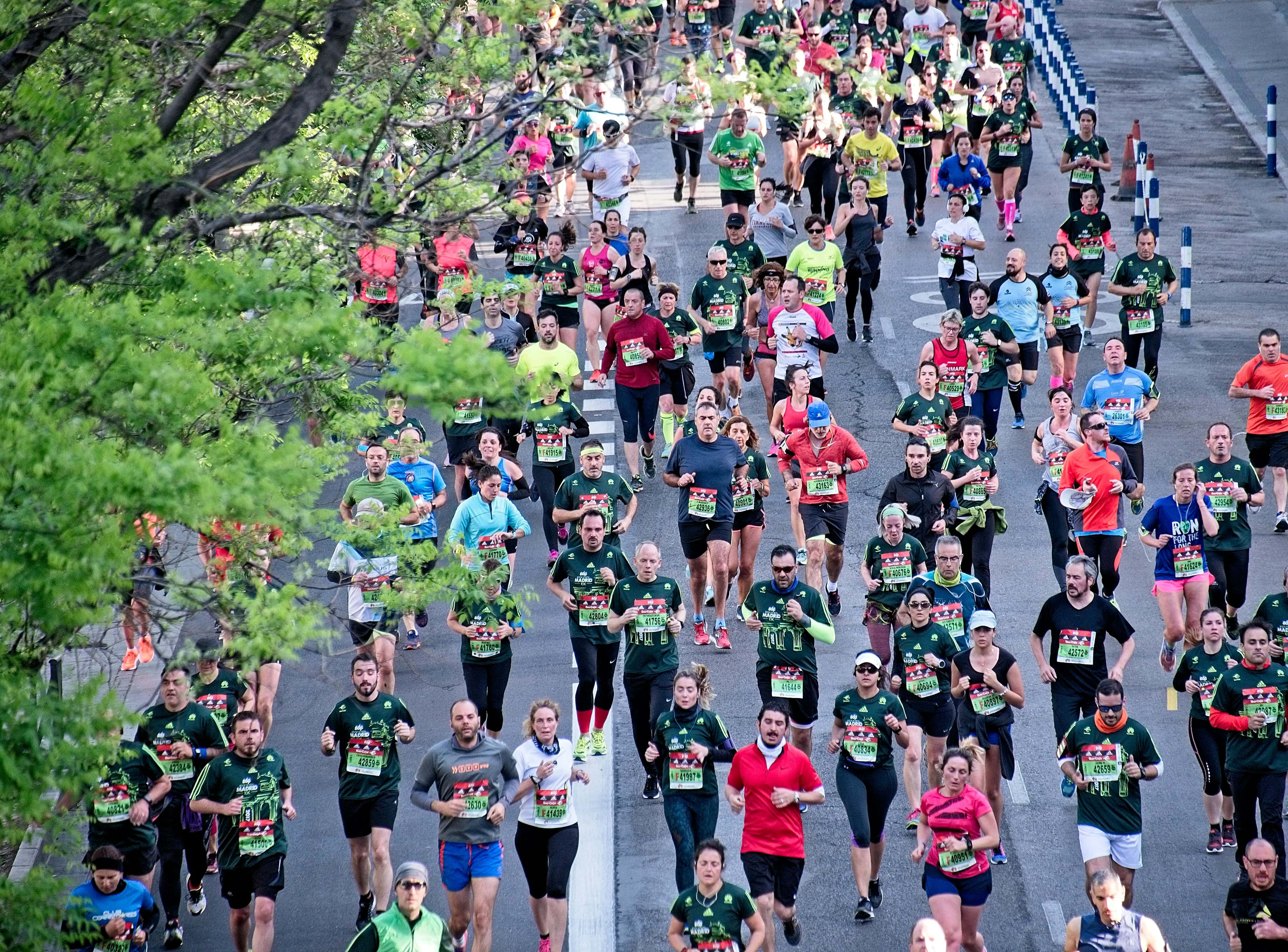
Photo credit: Miguel A Amutio
In the wintertime, Copenhageners like it more “hyggeligt”. When the days get shorter, and the sunlight is hidden behind clouds, people and the municipality create a cozy environment with many fairy lights across the city and Christmas markets or events, such as Skt. Lucia, the fest of light.
Who are internationals?
For this article, we have used data published by Danmarks Statistik, the official Danish statistics agency, and Statistikmyndigheden, the official Swedish statistics agency.
Danmark Statistik defines an international person as someone with non-Danish citizenship. Therefore, it has to be mentioned that people born and grown up in a foreign country who acquired Danish citizenship are not counted as international persons in this article.
Statistikmyndigheden defines international person based on their place of birth. This, too, leaves room for minor inaccuracies, as Swedish citizenship holders born abroad are counted as international persons.
However, in both cases, the total amount "miscounted" people should be small enough to be ignored.
What data was used and how?
The data from both sources have been edited to highlight only relevant numbers for Region Hovedstaden and Region Zealand in Denmark, as well as Region Skåne and Region Halland in Sweden, which comprise the Greater Copenhagen Region.
For the Danish part of the region the statistic that was primarily used is called: ”Folketal den 1. i kvartalet efter alder, køn, område, statsborgerskab og tid”.
The Swedish equivalent is: “Foreign-born by county, municipality, sex and country of birth December 31 2023”.
1. Checking in
We take great pride in treating everyone in the Greater Copenhagen Region equally.
Our flat hierarchies at the workplace result from the belief that nobody is better than the other. We even have a name for it: the Jante Law.
However, we don’t always do our international colleagues a favour by simply “living by the law”. Instead, we have to acknowledge that our international colleagues are different: they don’t necessarily speak the language, have a different outlook on hierarchies, or are simply divergent.
Checking in regularly in a safe space, e.g., via a regular 1-on-1 meeting, shows great potential to create the feeling of belonging to the company.
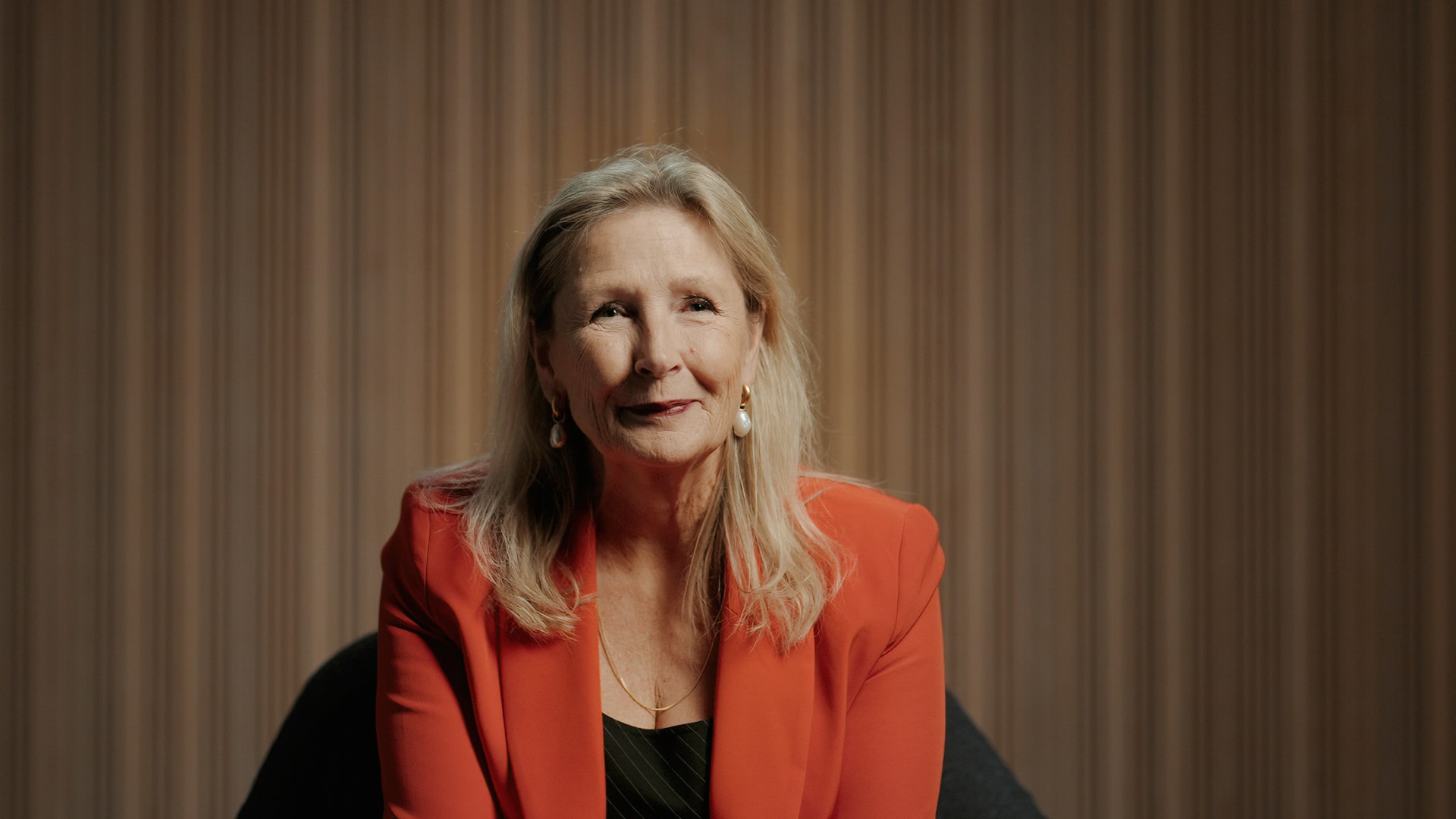
Photo by Thomas Svanholm Fink
2. Again, Check-in, but this time with your company
Check-ins with international employees only are not enough. You and the company have to be ready and open, too.
Look at your onboarding process and ask yourself: Do you include onboarding topics relevant to non-Danish or non-Swedish employees? What is the general company culture like? Could you improve certain aspects?
3. Watch your language
True inclusion emerges when employees can chat and communicate outside official work tasks. Specifically, companies with predominantly national employees tend to switch to their native language when the conversation turns into a chit-chat rather than an official meeting. This might quickly lead to the exclusion of international employees.
Switching the company language from one to the other is undoubtedly a process that will take time. The first step could be to ensure that all working materials and official communication, such as all-hands meetings and emails, are available in English.

Photo by Thomas Svanholm Fink
4. Workshops
A great way to include internationals and their differing way of thinking and tackling projects, as well as reach a common ground for everybody in the company, is to provide workshops. Such workshops could be centered around the company's main values, culture, or work habits.

Photo by Thomas Svanholm Fink
Greater Copenhagen Region is a place of endless opportunities for businesses and people alike. A place to live grow and evolve.
- Top-quality of life
- Great for doing business
- Highly educated population
- Excellent infrastructure
- Direct proximity to two markets
- Lovely pastries
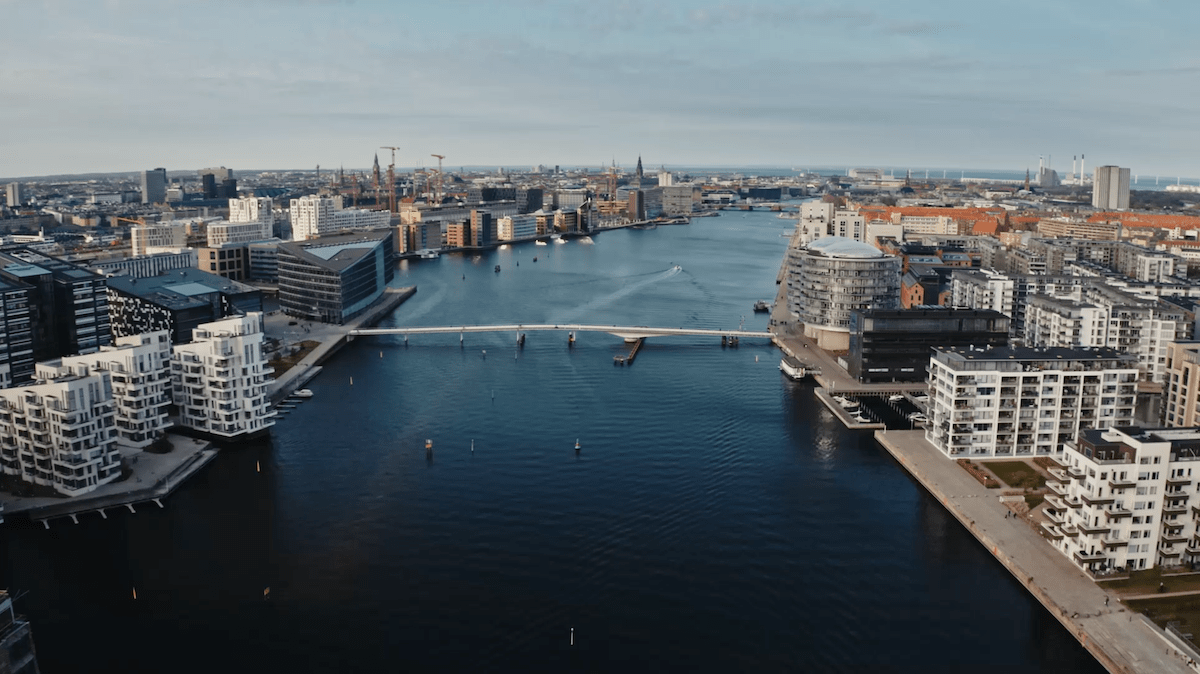
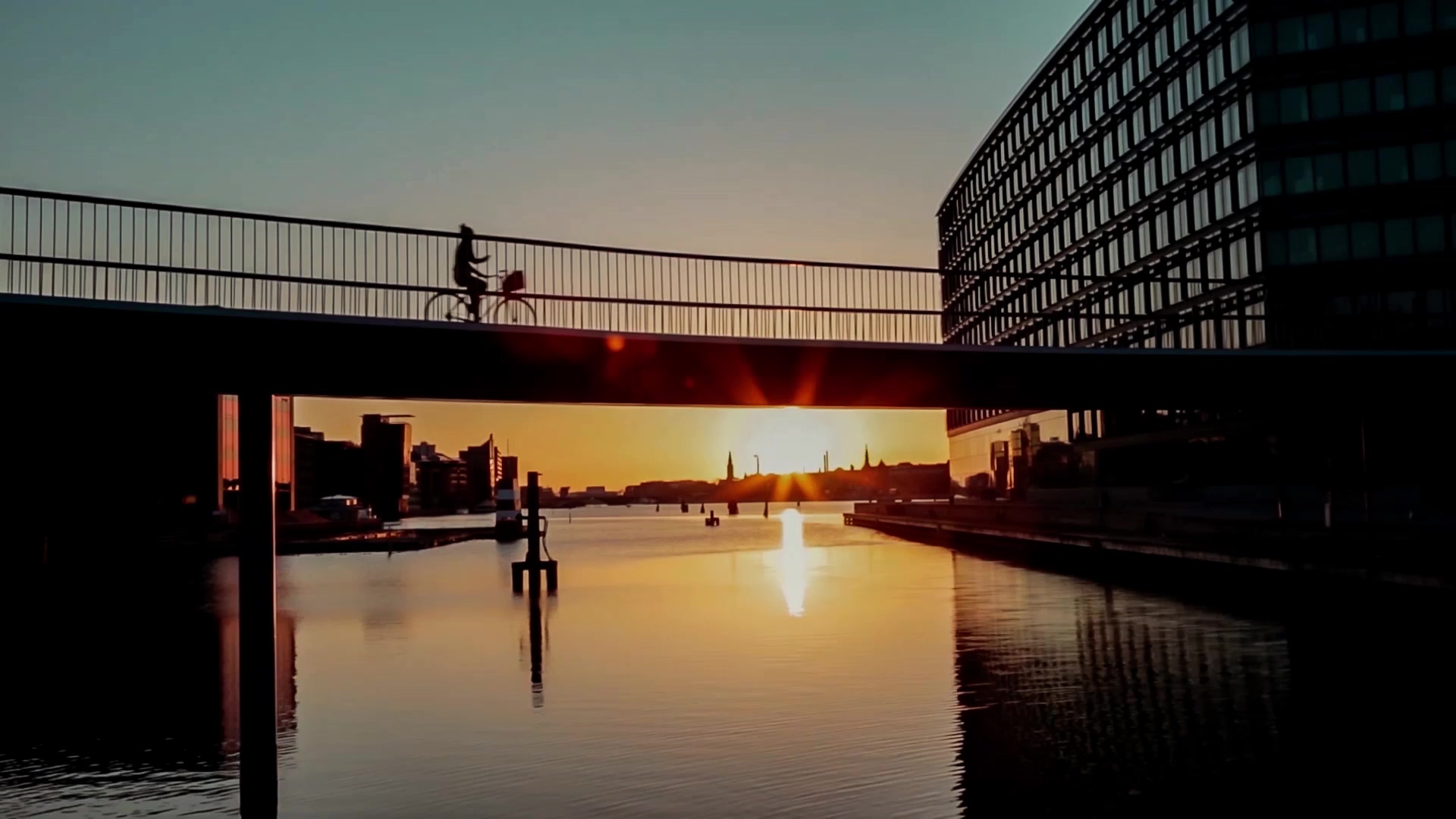
About Greater Copenhagen Region
Greater Copenhagen Region stretches over the borders of Denmark and Sweden. With 4.4 million inhabitants and 17 universities, it’s the largest metropolitan area in the Nordics and a global hub for growth, sustainable solutions and innovation. The region offers world-class research facilities and a creative business environment. Outstanding infrastructure makes Greater Copenhagen Region highly connected via rail, road, air and sea. The two main cities of the region, Sweden’s Malmö and Denmark’s Copenhagen are just a half hour train-ride apart. Its strategic location makes Greater Copenhagen Region the link between 25 million consumers in Scandinavia and 125 million in Northern Europe.
